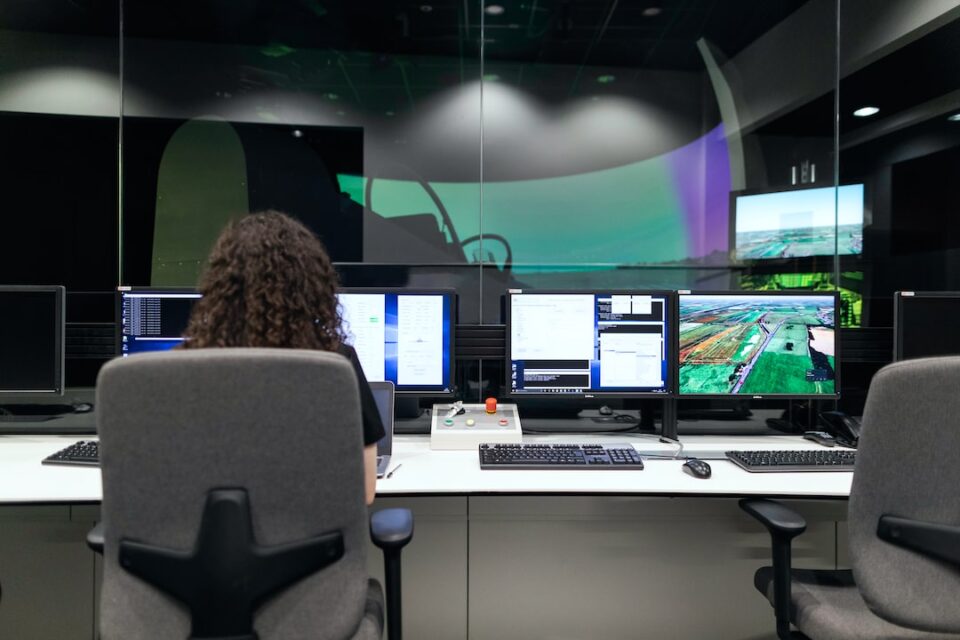The Future of Renewable Energy and Clean Technologies
In recent years, there has been a growing emphasis on finding sustainable and clean energy sources to combat the environmental challenges that the world is facing. The future of renewable energy and clean technologies looks promising, as more and more countries and businesses are investing in these alternatives to traditional fossil fuels.
One of the key drivers of this shift towards renewable energy is the need to reduce greenhouse gas emissions and mitigate the effects of climate change. Fossil fuels, such as coal, oil, and natural gas, are major contributors to global warming due to their carbon-intensive nature. In contrast, renewable energy sources, such as solar, wind, hydro, and geothermal power, do not release greenhouse gases during operation and have significantly lower negative environmental impacts.
Solar power, in particular, has seen significant growth and innovation in recent years. The cost of solar panels has dropped dramatically, making them more accessible for both commercial and residential use. In fact, the International Energy Agency (IEA) predicts that solar will become the dominant source of electricity by 2050, accounting for almost one-third of the world’s total power generation. This shift towards solar energy will not only reduce carbon emissions but also create job opportunities and stimulate economic growth.
Another promising renewable energy source is wind power. Wind turbines, which harness the natural power of the wind, have become more efficient and cost-effective. Countries like Denmark, Germany, and the Netherlands have embraced wind energy and have seen substantial increases in their wind power capacity. Offshore wind farms have also gained traction, as they have the potential to produce even more electricity due to stronger and more consistent winds at sea.
Hydropower has been a popular source of renewable energy for decades and continues to be an important contributor to the global energy mix. Large-scale hydropower plants, such as the Three Gorges Dam in China, have the capacity to generate massive amounts of electricity. However, small-scale hydropower systems are also gaining popularity, especially in rural and remote areas where grid connection is not feasible. With advancements in turbine technology, micro-hydropower systems can now generate electricity from small streams, rivers, and waterfalls.
Geothermal energy, which harnesses the heat from the Earth’s core, is another promising clean energy source. While geothermal power is currently limited to regions with high geothermal activity, such as Iceland and certain parts of the United States, the potential for worldwide adoption is immense. Geothermal power plants have a relatively small physical footprint and can provide baseload power, meaning they can generate electricity consistently and reliably.
Apart from these well-established renewable energy sources, there are also emerging clean technologies that hold great promise for the future. These include energy storage systems, such as batteries and hydrogen fuel cells, which are essential for effectively integrating intermittent renewable energy sources into the grid. Additionally, research into bioenergy and ocean energy is ongoing, presenting opportunities for further advancements in these areas.
In conclusion, the future of renewable energy and clean technologies is bright. The urgent need to reduce greenhouse gas emissions and combat climate change has led to significant advancements in solar, wind, hydro, and geothermal power. These alternatives to fossil fuels not only provide a greener and more sustainable energy source but also stimulate economic growth and job creation. As we continue to invest in renewable energy and clean technologies, we are paving the way for a more sustainable and resilient future.

